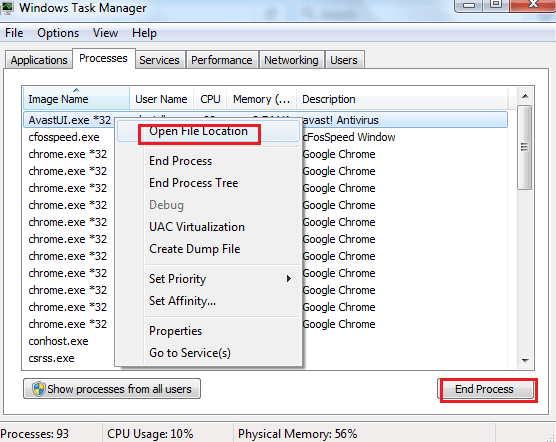Our page will help you solve the Windows Update Error 80072ee2 on your PC. This Windows Update Error 80072ee2 commonly occurs with Windows 7 updates.
Windows Update Error 80072ee2 is yet another Windows error that gets displayed when the your OS is having problem installing new updates. The issue is usually caused by corrupt files in your system or when some of the updates get stuck. Similar errors, that you may encounter are 8024400A and 8024400D. The method for fixing them is the same as it is for code 80072ee2. This is usually not a big problem and can be easily solved without the need to contact an IT professional. Just follow our guide and see if this fixes the problem for you.
Windows Update Error 80072ee2 – the Fix
First thing’s first: before you proceed with our guide, make sure that you have a steady internet connection, because your PC is going to need it so as to be able to connect to the Windows servers for the new updates. In fact, if your internet connection hasn’t been reliable, it might have been what has caused the error in the first place. Unless updates are fully downloaded and installed, various errors may occur and this could be one of the possible reasons for error code 80072ee2, code 8024400A or code 8024400D errors.
Now, onto the problem solving part – firstly, use the WinKey + R combination on your keyboard. In the resulting window labeled Run, type services.msc. Click OK so that the services console opens.
In the services window single out the Windows Update service, right-click on it and select Stop. This needs to be done, so that the error can be fixed without it occurring again. Later we will return to this service and start it again.
Now, once again use Winkey + R and this time type in C:\Windows\SoftwareDistribution (you can copy-paste the line from here). Then hit Enter.
A folder will open – delete all of its contents and go back to the services console. Once again locate Windows Update, right-click on it and this time select Start.
Now we will have to access the Registry Editor. To do that once more open the Run window. This time type regedit and click on OK. You may be asked whether you want to allow the Registry Editor to make changes on your PC. You can that – click on Yes.
In the resulting window navigate the following path: HKEY_LOCAL_MACHINE\SOFTWARE\Policies\Microsoft\Windows\WindowsUpdate
Once you do that, you should be able to see the keys WUServer and WUStatusServer located in the right section. Right-click on them and select Delete.
After doing so, go back to the services console and double-check whether Windows Update is still running (Step 1 of this guide). If not, make sure that you start it. This is important to remember, since if you do not start the Windows Update service again, your PC will stop receiving updates altogether and may begin to misbehave or become vulnerable to online threats. Thus, always make sure that the service is working. If you want to customize your update settings so that Windows doesn’t automatically download updates, go to Control Panel>System & Security>Turn Automatic updating on or off. If you travel regularly or don’t have stable internet connection at all times this may be a good solution to make sure your PC is updated only when you have stable internet,
Did we help you solve Windows Update Error 80072ee2? Is all working OK? If you have any questions and/or feedback, feel free to share your thoughts in our comment section below.
























